Table of Contents
Purple vegetables are great!
They contain antioxidants like anthocyanins which give them their violet color. Purple vegetables add color to your diet and help vary the nutrients you consume because they have pigments that provide different types of vitamins, minerals, fibers, etc.
Eating a variety of veggies can also give be great for your health and wellbeing, help reduce risk factors for many ailments s, and even fight heart disease.
Purple vegetables can are great for protecting against free radicals ̶ things that damage cells within our bodies when they’re not stopped quickly enough by antioxidants.
Such antioxidant properties are found in many plant-based foods, and purple varieties can be packed with these health properties!
Let’s step through 5 varieties you should start to include in your diet.
1. Eggplant/Aubergine:
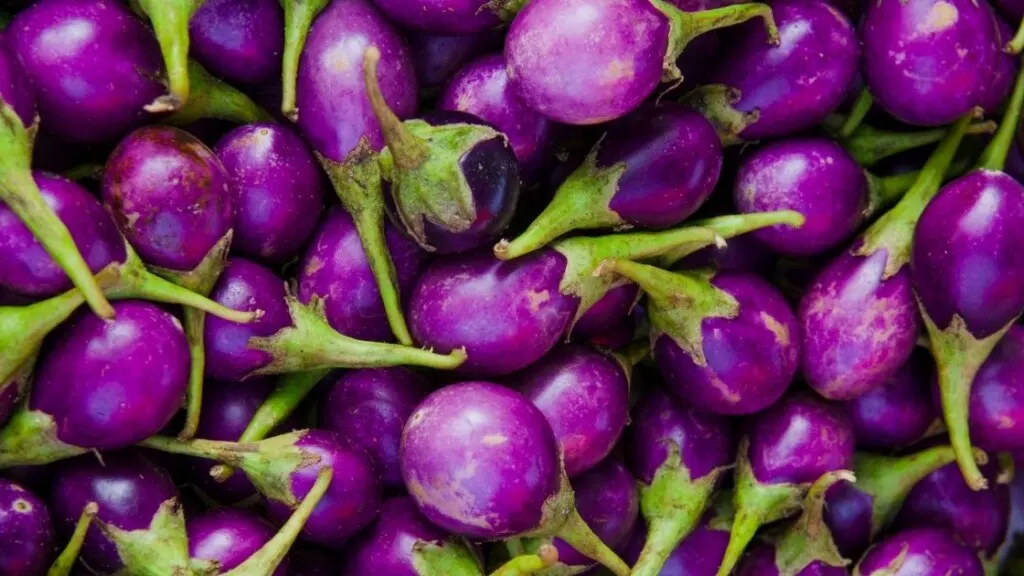
When you cut open an eggplant, its rich meaty texture and creamy insides will make your mouth water. You might find small clusters of beige seeds dotted around the interior.
The eggplant is a popular vegetable that has been used in traditional medicine for thousands of years.
In Indian ayurvedic cuisine, practitioners use white versions to treat diabetes and asthma! This vegetable may not be your most nutritious food pick (it packs only 25 calories per serving). However, it’s packed with potassium and fiber, so you get lots of that while only eating very few calories!
The high fiber content in eggplants, an essential element to maintaining a balanced diet, is a great way to improve your gastrointestinal health.
That means that if you’re having problems going to the bathroom regularly, eating eggplant regularly will help everything move along smoothly!
The fiber in eggplants does more than help the digestion process; it also helps to improve your heart health! The fibers reduce the amount of cholesterol you absorb and send it back out with bile for removal.
What makes the eggplant so unique? It turns out that this vegetable has natural plant compounds that can help you maintain strong bones! The iron and calcium found in them are essential for preserving your overall health.
2. Purple Potato:
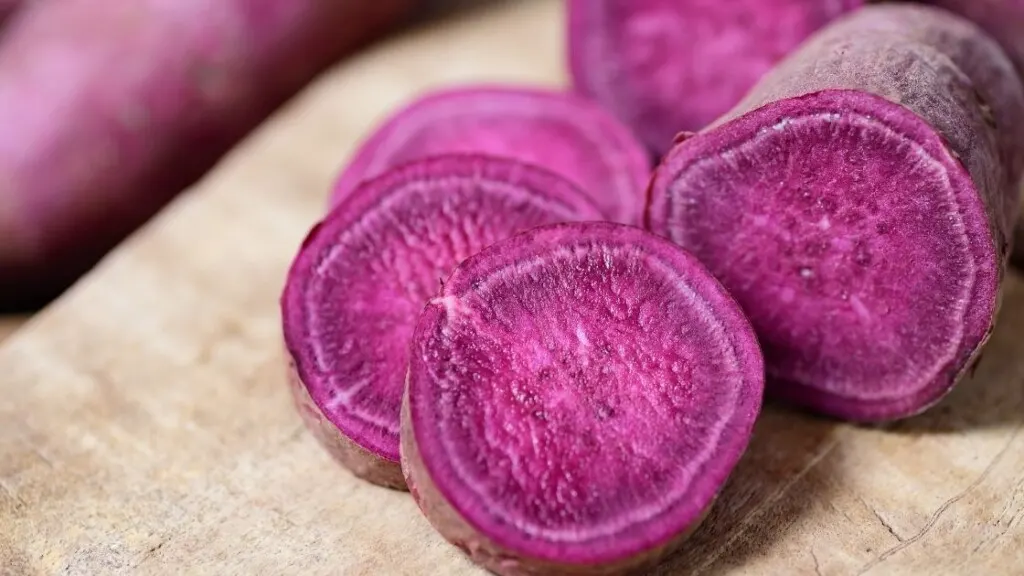
For those who love their potatoes and want a bit more flavor, purple is the way to go. This variety has an earthy taste than white spuds because it’s richer in oils that make for sweeter flesh when cooked (and tastes better, too!).
If you can’t decide on boiling or roasting your sweet veggie – don’t worry about making them both; do some research into which cooking method will best suit what kind of dish(es) you’re planning on serving these delicious delights alongside!
Purple potatoes are a rich source of antioxidants, which can help improve your health. They contain polyphenol anthocyanins and other nutrients that protect the body from illness-causing agents like heart disease or cancer cells!
Like their white counterparts, purple potatoes can be cooked in many different ways. You may boil them or bake them to make a delicious mash; you could even roast some if they’re well-prepared!
3. Purple Cabbage
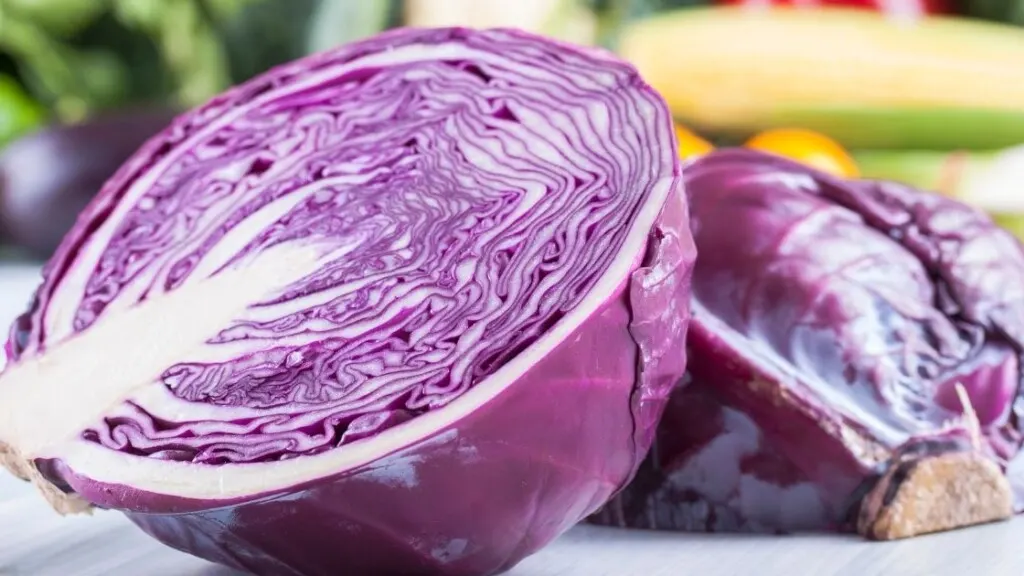
Purple cabbage, what a delicious purple veggie!
It’s hard to believe that this mild-tasting member of the cruciferous vegetable family is so healthy. Try sautéing it in dishes like stir-fries or eating raw with slaws and salads.
For some added flair while you’re enjoying all its benefits, such as Vitamin C (an important antioxidant), anthocyanins (which have been shown to protect against heart disease). And even more goodness from K vitamins too!
Including cabbage’s role on eyesight development when consumed early during pregnancy because they aid bone growth much differently than other nutrients do without risking fetal safety at various stages through gestation is a unique vegetable that’s worth exploring.
It has an earthy flavor profile and can be sautéed or eaten raw in slaws, salads, or tacos with the right mix of ingenuity!
This purple veggie also offers many health benefits such as being high fiber, low calorie (even one cup contains only 35 calories), a rich source of Vitamin C, which helps promote better vision, among other things.
You’ll want to try out our recipe for micro-chopped salad below before it gets too late this fall season – you won’t regret giving them a spin at home!!
4. Purple Cauliflower
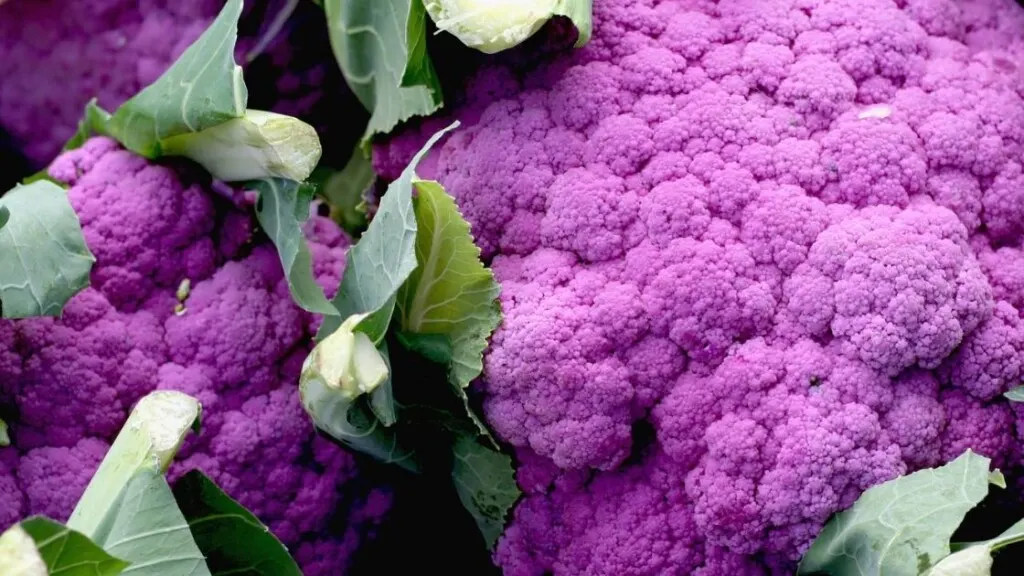
Purple cauliflower is anything but ordinary. This nutrient-dense vegetable is derived from an antioxidant found in red cabbage and wine: anthocyanin!
But when exposed to sunlight or other sources over time — the pigment-rich plants become brighter than ever before, with shades ranging across deep magenta down through bright pinks seen throughout Asia (and even into Europe).
Cauliflower is one of the most nutritious vegetables you can eat, but it doesn’t come naturally colored.
Cauliflowers are bred to achieve their signature purple hue – to contain pigments from red cabbage and wine antioxidants; this process results in brighter heads than traditional varieties that lack these colors!
A recent trend has seen breeders develop new colorful genetic strains for those who want more creative options outside of their usual platefuls- like green or orange cauliflower on special occasions (or every day).
5. Purple Corn
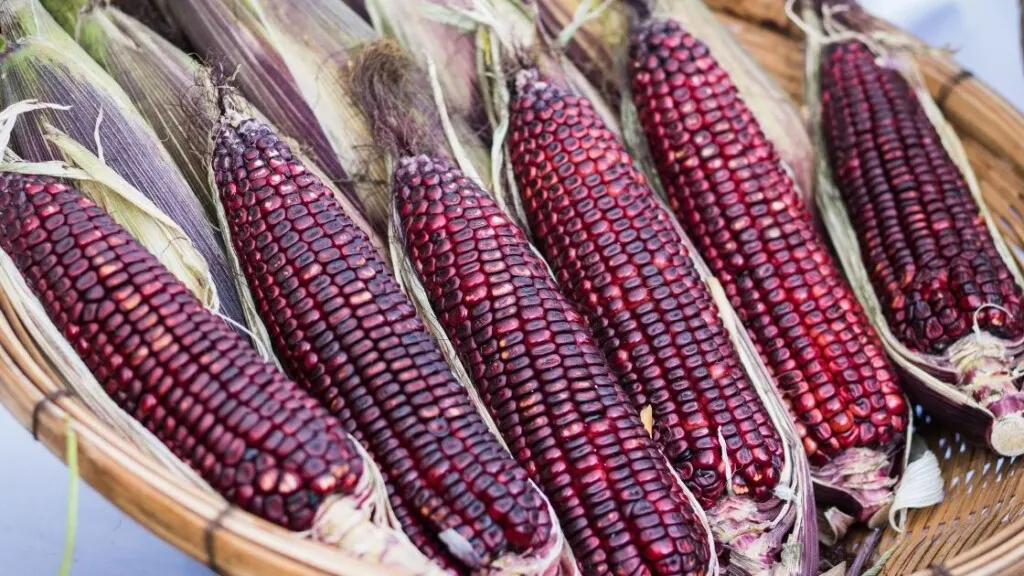
Purple corn is the natural color of a maize plant, but it produces kernels with one of the deepest shades found anywhere by an unusual twist in nature. Research shows that these deep purple seeds contain antioxidants that can inhibit cancer-causing tumors and are purported to promote weight loss!
Purple corn is the deepest shade of purple found anywhere in nature, and it comes from one type of Corn. Purple Corn contains cell-protecting antioxidants that are believed to help prevent obesity and anti-inflammatory properties, which could be helpful for people with arthritis or other joint pains because they don’t have any side effects like painkillers do.
Health is Purple Vegetables!
If you want to live a healthier lifestyle, why not start with something as simple and easy? Purple vegetables are an excellent way of getting all those essential nutrients. They’re also rich in antioxidants such as anti-inflammatory anthocyanins that can help reduce your risk for chronic diseases like heart disease or cancer!
The best part is that most of these vegetables are just the purple variant of those vegetables that we’re already used to eating, making them super easy to incorporate into our daily diets!

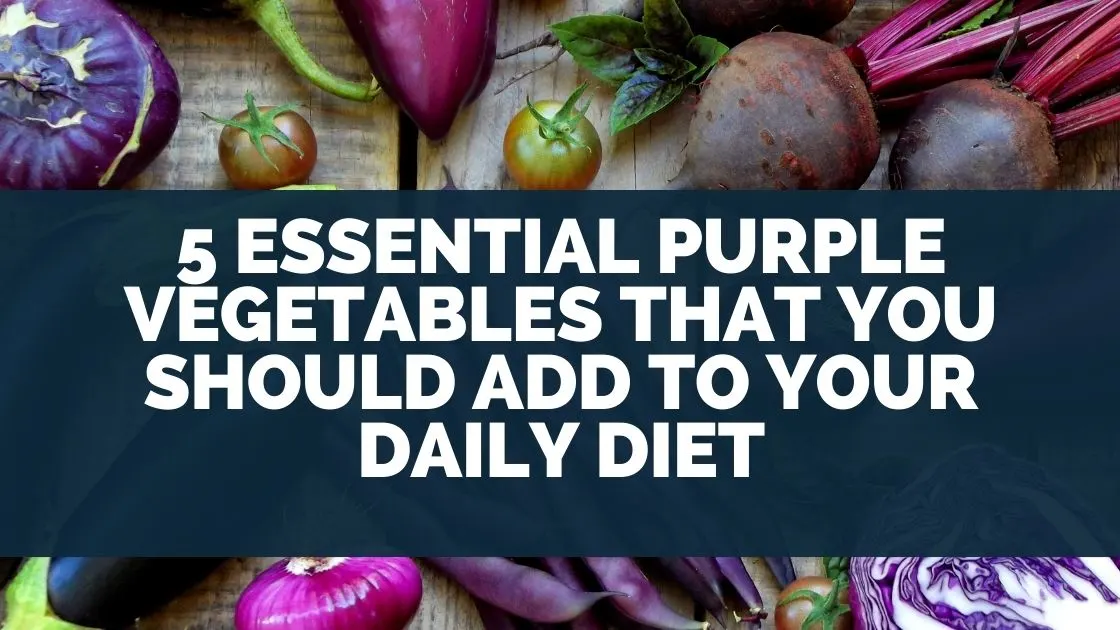
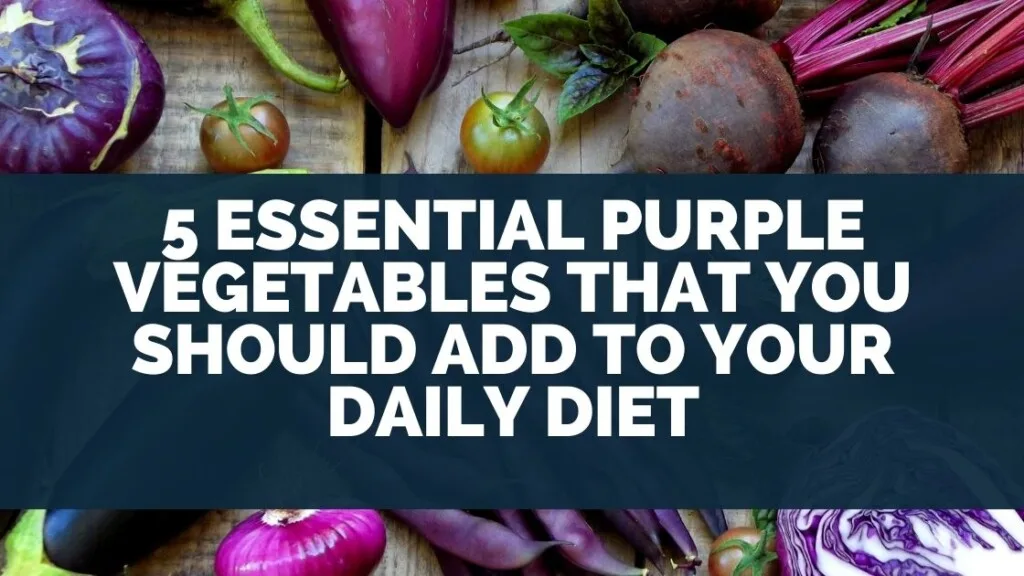
Leave a comment